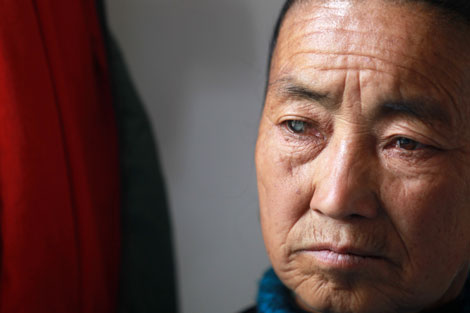67m beat poverty in past decade: white paper
Updated: 2011-11-16 10:57
(Xinhua)
|
|||||||||
BEIJING - China's rural residents living in poverty decreased to 26.88 million at the end of last year from 94.22 million at the end of 2000, said a white paper released on Wednesday by the State Council Information Office.
Their proportion in the country's total rural population decreased from 10.2 percent in 2000 to 2.8 percent last year, according to the white paper titled New Progress in Development-oriented Poverty Reduction Program for Rural China.
"Thanks to the government's efforts to relieve poverty over the past decade, the problems of subsistence, food and clothing for China's rural residents have been basically solved," the white paper said.
China had gradually raised the national poverty line for rural residents from 865 yuan in 2000 to 1,274 yuan in 2010.
All rural residents with incomes below the poverty line are included in the government's poverty reduction programs.
China has also constantly increased investment in infrastructure construction in poor areas to improve production and living conditions there.
From 2002 to 2010, 592 key counties in the national poverty reduction programs constructed 35.06 million square meters of buildings for education and health care, and solved the drinking-water problem for 56.76 million people.
By the end of 2010, 60.9 percent of rural households in those counties had access to tap water or water from wells, 88.1 percent of villages had access to roads, 98 percent to electricity, and 92.9 percent to telephones.
"Social undertakings in poor areas have made constant progress, " the white paper said.
Compulsory education in rural areas has been strengthened, and the work to eliminate illiteracy among young and middle-aged people has made great advancement.
In the key counties, 97.7 percent of children aged 7 to 15 were enrolled in school by the end of last year, close to the national average level. The illiteracy rate of young and middle-aged people had decreased to 7 percent, 5.4 percentage points lower than in 2002, according to the white paper.











